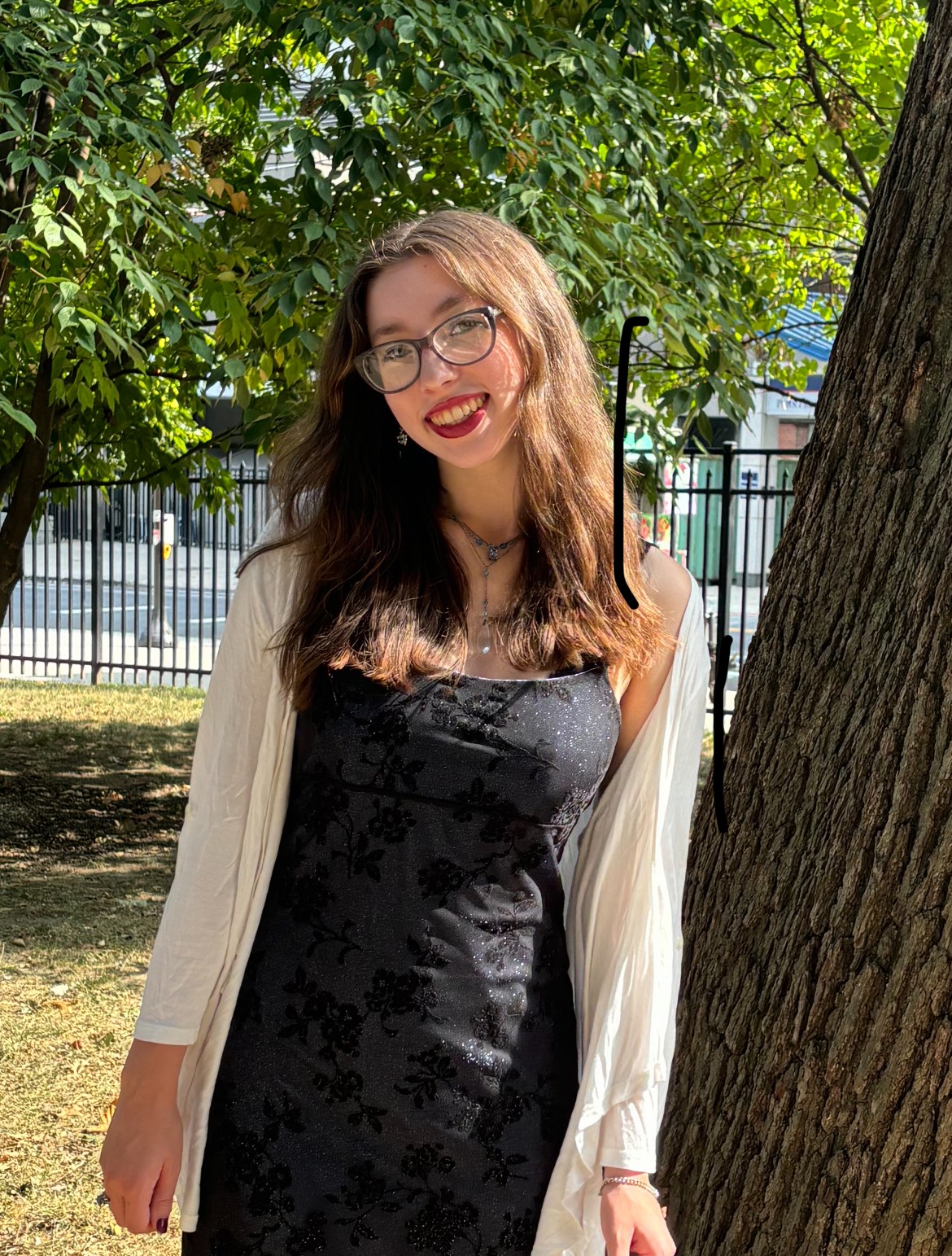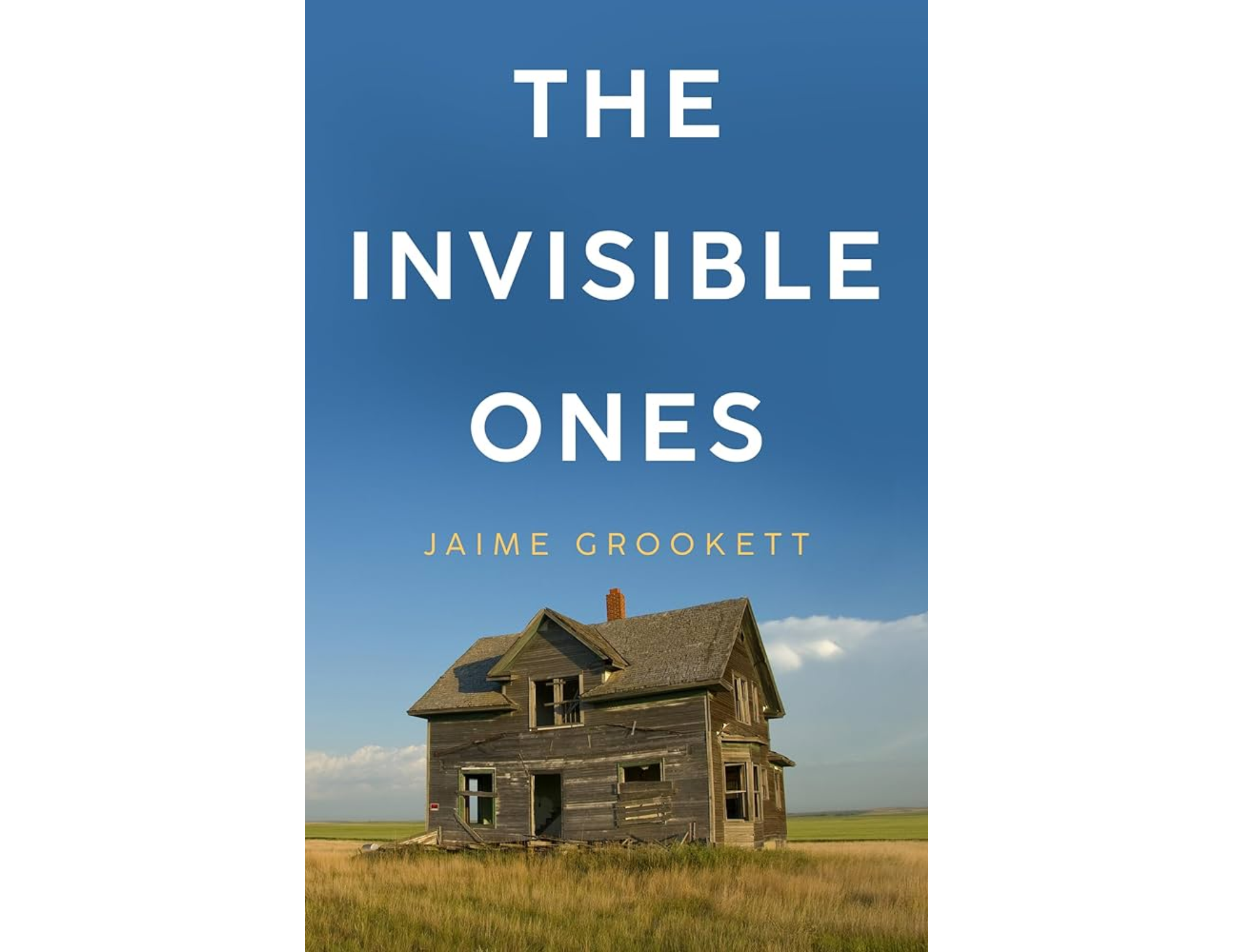Jaime Grookett’s novel The Invisible Ones is both devastating and inspiring in its exploration of the treatment of women in American history.
The story begins in 1928 with 17-year-old Anna Wilson and her younger siblings living alone on their farm after both of their parents left and never returned. When the Children’s Aid Society learns about their situation, the children are put into foster homes despite their protests. Anna wants nothing more than to stay with her family, but she’s separated from her siblings before she can see where they’re sent. Although her illiteracy creates a barrier for her, Anna is determined to find her siblings. As Anna’s actions demonstrate her incredible drive and fierce family devotion, it doesn’t take long to realize what a tough yet lovable character she is. Well-intentioned but sometimes misunderstood, Anna finds herself getting further and further away from being reunited with her family.
The stresses of being ripped away from her home and placed in an unwelcoming family weigh heavily on Anna. Her foster mom, Mrs. Monroe, treats her more like a maid than a daughter, and the only acts of kindness she receives are small, infrequent interactions with her foster dad. As an orphan and the daughter of a drunk pauper, people, including her foster family, hurl the words “your kind” at her as if it makes her deplorable and repulsive. Her situation worsens when her foster brother assaults her, leaving her pregnant. After a few incidents that make her foster mom feel that Anna is a nuisance beyond help, Mrs. Monroe is convinced that there’s “nothing else to do with these kinds of people,” and Anna is committed to an asylum. Against seemingly insurmountable odds, will Anna finally get her wish to be back home on her farm?
The setting–rural Pennsylvania in the end of the 1920s–is palpable without being overly distracting. The diction clearly portrays the setting, with phrases like “whip-smart,” “her plan held water like a tin pail,” and “like a lily in a cornfield.” Although some of the language is unfamiliar when reading it 100 years later, it’s easy to understand the meaning of the vernacular within the context of the novel. The language allows readers to place themselves in the setting without feeling hopelessly lost there. The treatment of people deemed “societal burdens” also reflects the time period, illustrating an unfortunate reality for many people who never got a second chance.
While the story is a work of fiction, it has very real roots in the history of American eugenics. Although many of these abhorrent histories stay hidden, the novel shines a necessary light on what real women went through, exploring their plights through fiction. This idea is explored thoroughly during Anna’s stay in the asylum. She meets many other women that were committed for similarly unreasonable offences, such as being a little too boy crazy or for daring to be both a woman and a loud and outspoken person. For the women who end up pregnant, most of the time their child is taken away from them, and the doctors ensure they can’t have any more through sterilization. As these characters are introduced, it’s clear that Anna is one of many women whose freedom was unfairly taken away from her. The spirited characterization of Anna crafts her into a real person who can finally be given the sympathy and compassion that countless forgotten women throughout history never received. The book wonderfully portrays Anna’s grief and sorrow, but there’s also a flicker of hope and an incredible resiliency in Anna that makes so many chapters bittersweet.
Anna’s determination waxes and wanes as she faces each of the blocks on her path to freedom. As her pregnancy advances, she becomes more desperate to escape before they can take her baby from her. She struggles to connect with the growing baby inside of her due to the circumstances of its conception, but she still feels a duty as a mother, especially as someone whose mother had left her. As the days drag on, she cycles between hope and desolation while attempting to cope with the reality of her situation.
Along with the many people the story introduces, the stars are their own character in this book. They create a throughline from the first page to the last, constantly reminding Anna that she isn’t invisible anymore as she gazes up at them in the sky. She hears them chatter as warnings, sees them in dreams as foreboding premonitions, and sometimes feels them hiding from her. They’re a beautiful motif that help show how Anna feels and how she processes things. It’s also a reminder that Anna, despite all of what she’s gone through, is still a child wishing on stars to beat the odds stacked against her.
You can find more about Jaime Grookett and her debut novel here.
The Invisible Ones
Jaime Grookett
Vanguard Press
March 28, 2024
338 Pages

Emily Fedon is a fifth-year Drexel student majoring in chemical engineering and minoring in writing. As a student DJ, she has a weekly show, Finding My Marbles, on WKDU, Drexel’s student-run radio station. In addition, she’s the Public Relations Director for WKDU as well as the marketing liaison for Drexel’s student-run book club. In her free time, she likes to read, crochet, and take walks to her favorite local coffee shops.
